
In a groundbreaking discovery – over two and a half kilometers of the drilled borehole in Outokumpu, Finland, volatile organic compounds (VOC) were discovered in the groundwater. Mostly associated with human-created pollution, these compounds existed in ancient crystalline bedrock 1.9 billion years ago, challenging assumptions on the origins of VOCs and the importance they might play in Earth’s subsurface ecology. The findings appeared in Communications Earth & Environment and reveal microbial activity and bedrock chemistry as key drivers of VOC production, with implications for understanding the global carbon cycle and the safety of underground infrastructure.
Unearthing VOCs in Ancient Depths
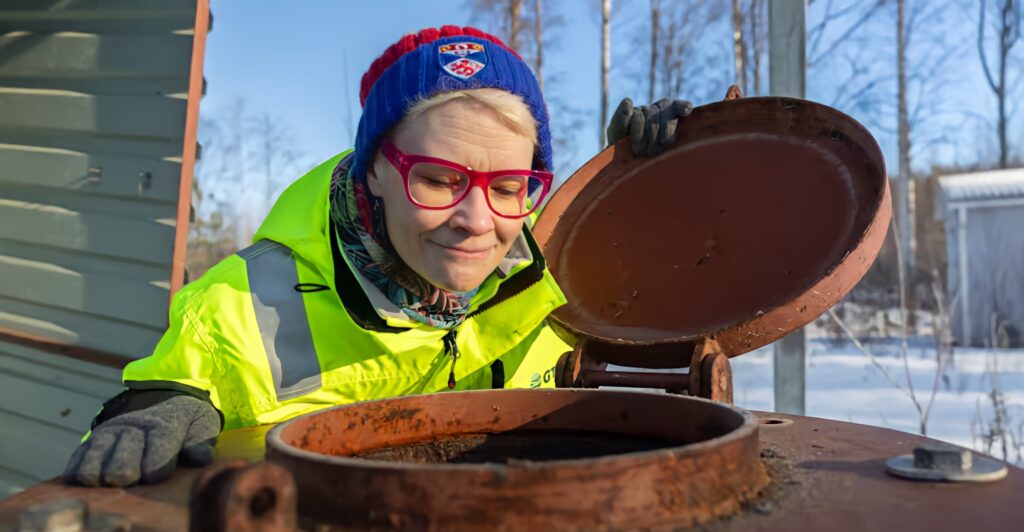
Volatile organic compounds were detected at depths of 500–2300 meters within the Outokumpu deep borehole, a 2,516-meter vertical drill completed in 2005. It is the first reported finding that VOCs had entered pristine groundwater trapped within crystalline bedrock, previously isolated from surface contamination for tens of millions of years.
Beyond Pollution: Natural Origins of VoCs

Volatile organic compounds are most often associated with industrial activity and poor indoor air quality but are also produced naturally in environments such as wetlands, forests, and hydrothermal vents. The Outokumpu discovery highlights their widespread presence in Earth’s deep biosphere, independent of human influence.
The Outokumpu Borehole: A Geological Marvel
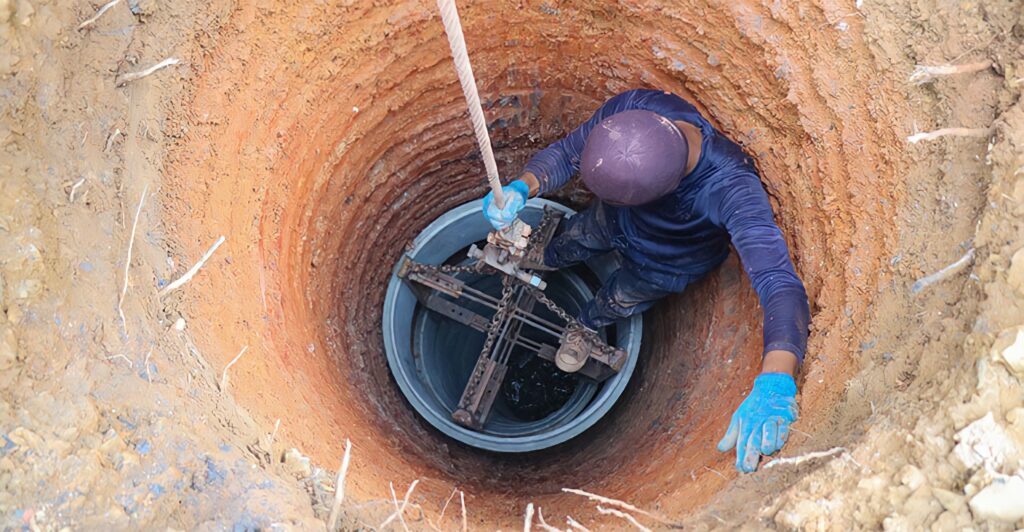
Drilled southeast of Outokumpu in 2004–2005, the borehole penetrates 1.9 billion-year-old bedrock. With temperatures reaching 40 °C at its base, it serves as a unique geo-laboratory for subsurface geology, hydrology and microbial life.
Collaborative Scientific Mission
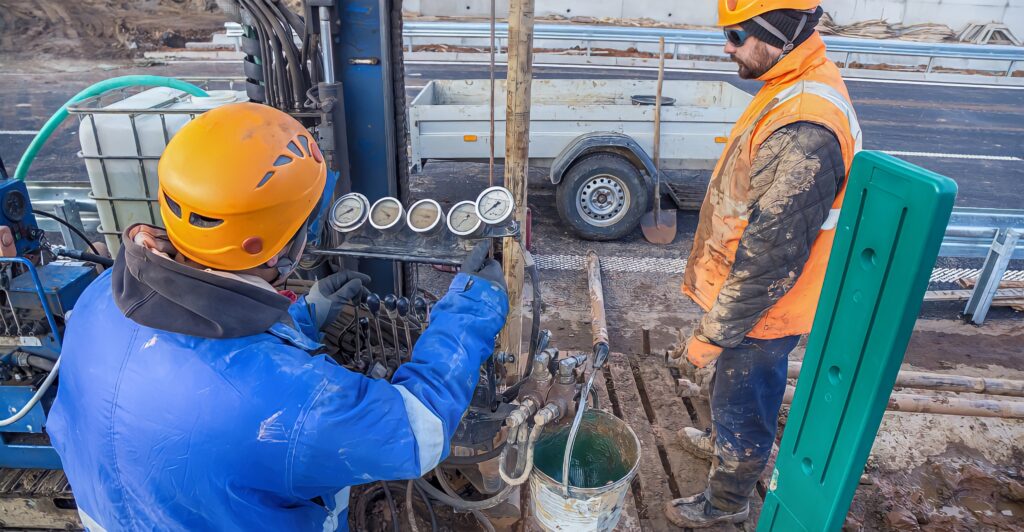
The study was conducted by researchers from the University of Helsinki, VTT Technical Research Centre of Finland, and the Geological Survey of Finland (GTK). Their multidisciplinary technique combined geochemical analysis, microbial genomics, and advanced spectrometry.
Sampling the Subterranean Realm

Gas and microbial samples were obtained throughout the depth range of the borehole. These showed diverse VOCs cohabiting with a microbial community adapted to extreme conditions, where energy sources are scarce.
Microbial Architects of VOC Dynamics
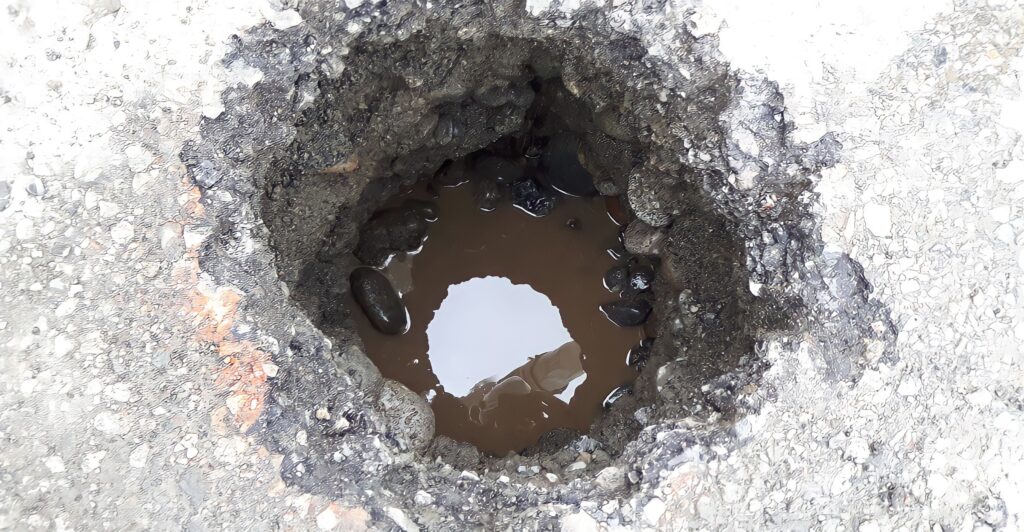
Bacteria and fungi in the deep biosphere actively produce and break down VOCs, transforming them into carbon and energy sources. Based on genomic data, over 600 bacterial and over 300 fungal species were identified as contributors to this subsurface metabolic network.
Bedrock Composition Influences VOC Profiles

The concentration and diversity of VOCs correlate with local bedrock characteristics, including sulfur content and oxidation-reduction conditions. It implied that geological processes influenced subsurface atmospheric chemistry.
Olfactory Clues in Deep Exploration
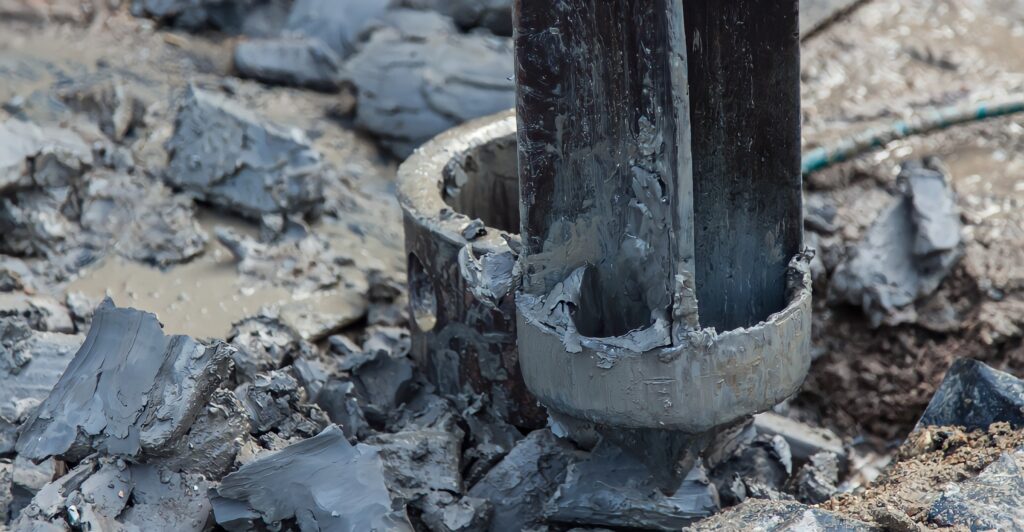
Researchers first identified VOCs through pungent odors, which they described as “ocean,” “sewer,” or “slightly sweet.” Aromatic hydrocarbons and sulfur compounds, found at minute concentrations, provided a sensory lead for further analysis.
Decoding the Scented Chemistry

Using thermal desorption-gas chromatography and mass spectrometry, more than 40 VOCs were identified, with butane, benzene, and dimethylsulfide being prominent compounds. The mix also contained alcohols, ketones, and aldehydes, revealing an intricate underground chemistry.
A Molecular Feast for Subsurface Life

“These VOCs bring new kinds of opportunities to the microbial dinner table,” said Senior Scientist Mari Nyyssönen. VOCs form fundamental sources of carbon deep in nutrient-poor layers, where this carbon supports microbial communities isolated from surface ecosystems.
Implications for Underground Infrastructure

Corrosion risks in geothermal wells and nuclear waste repositories are associated with high VOC concentrations. Understanding these processes enables assessing long-term storage safety and underground air quality management5.
Future Frontiers
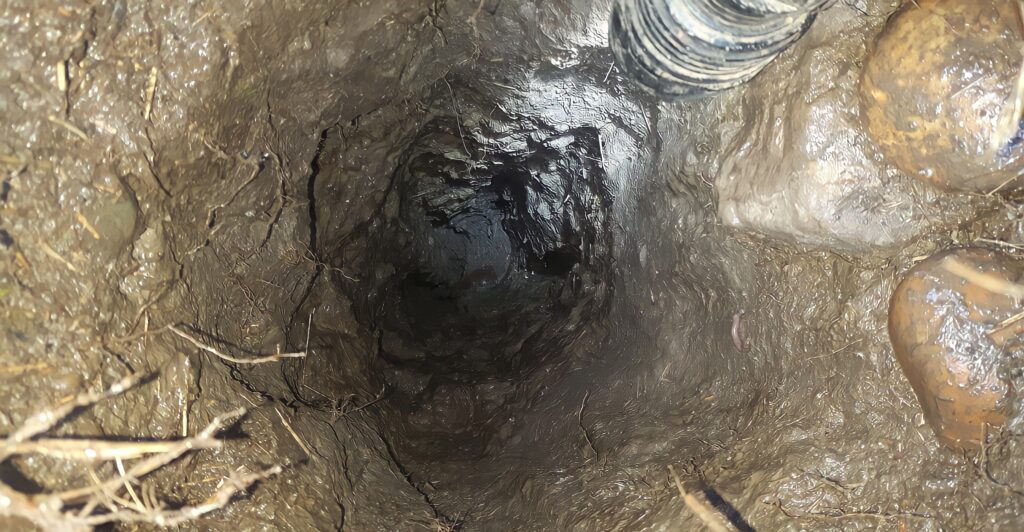
Groundwater from the borehole, dated to tens of millions of years old, provides a window into prehistoric Earth systems. Such biogeochemical mining continues, and research will likely unravel how organic and inorganic processes can interact in these extreme environments, with potential revisions to carbon cycle models.
Legacy of a 20-Year Scientific Treasure
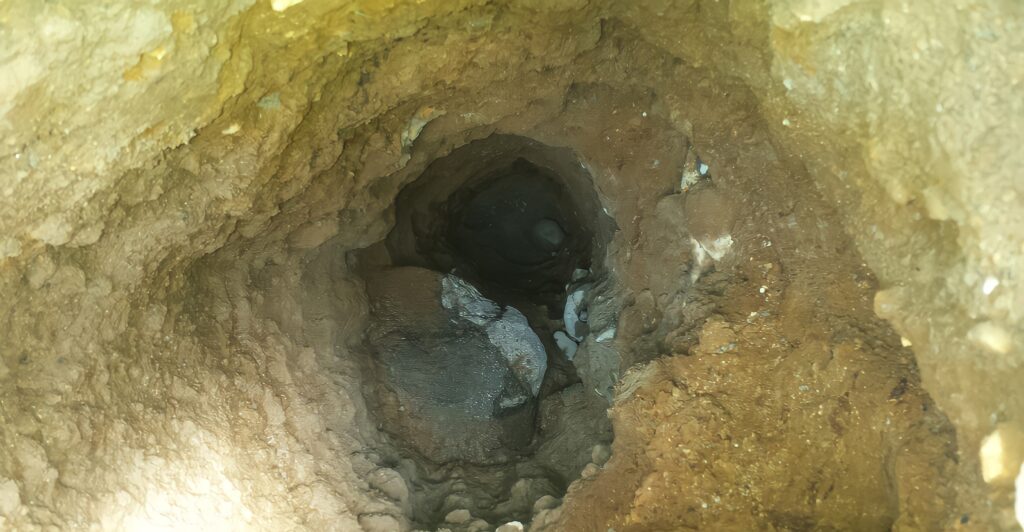
Celebrating its 20th anniversary in 2025, the Outokumpu borehole has been providing insights into deep bedrock ecosystems. Future studies will explore microbial adaptation mechanisms and VOC fluxes in Earth’s unchartered subsurface frontiers.
Explore more of our trending stories and hit Follow to keep them coming to your feed!

Don’t miss out on more stories like this! Hit the Follow button at the top of this article to stay updated with the latest news. Share your thoughts in the comments—we’d love to hear from you!







